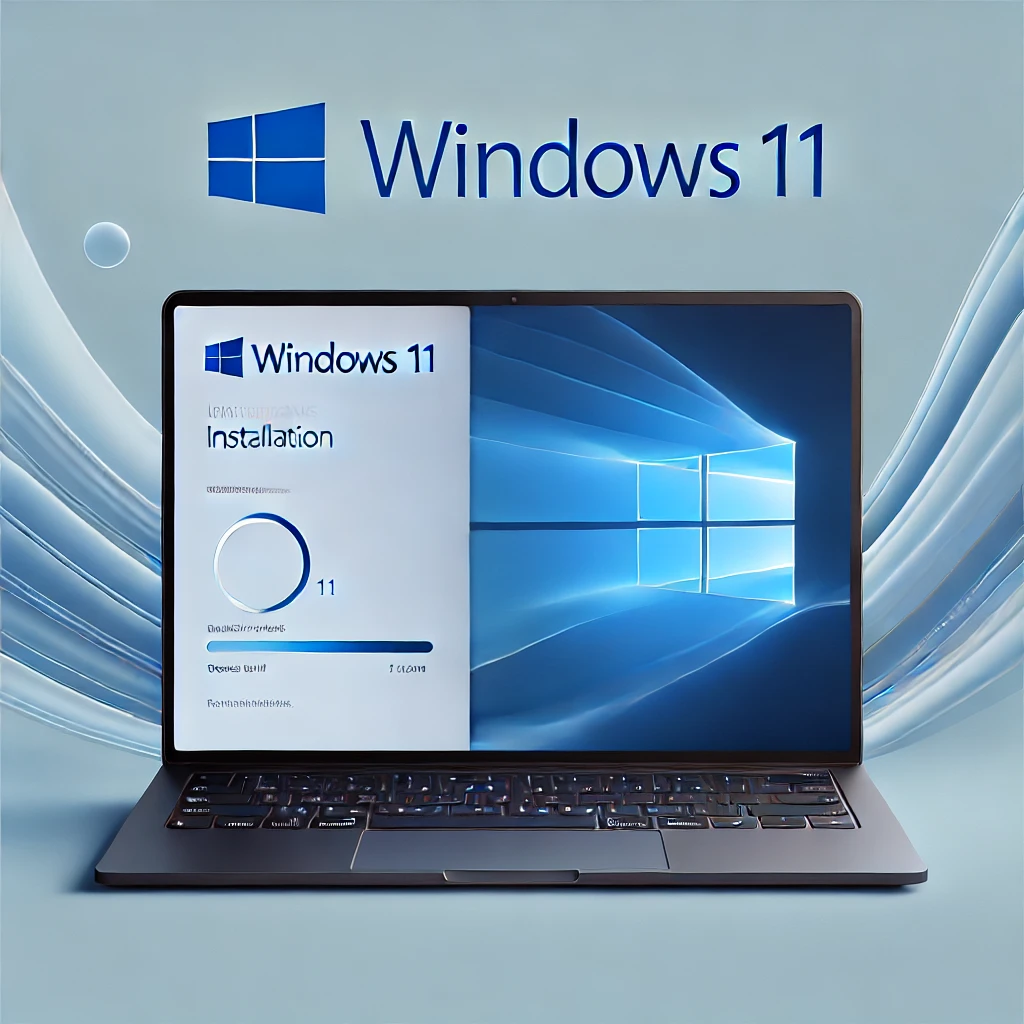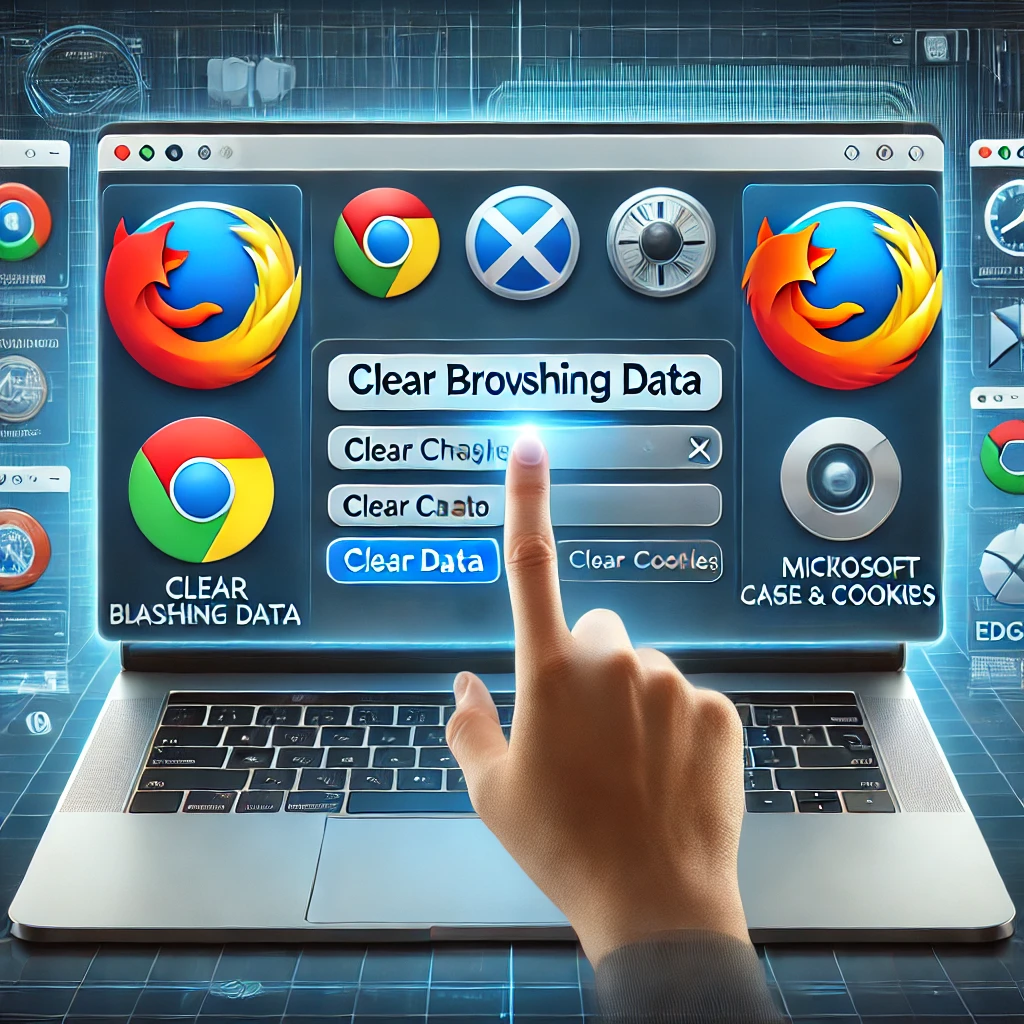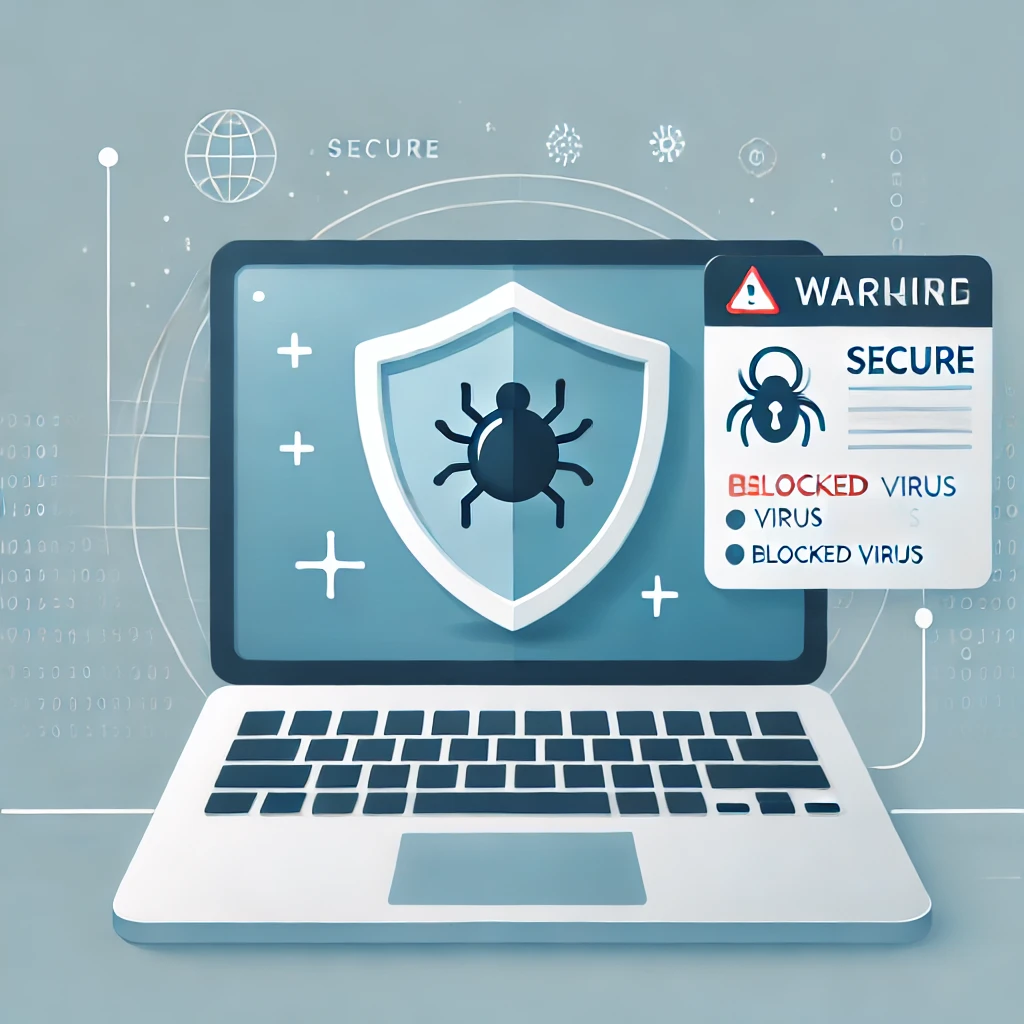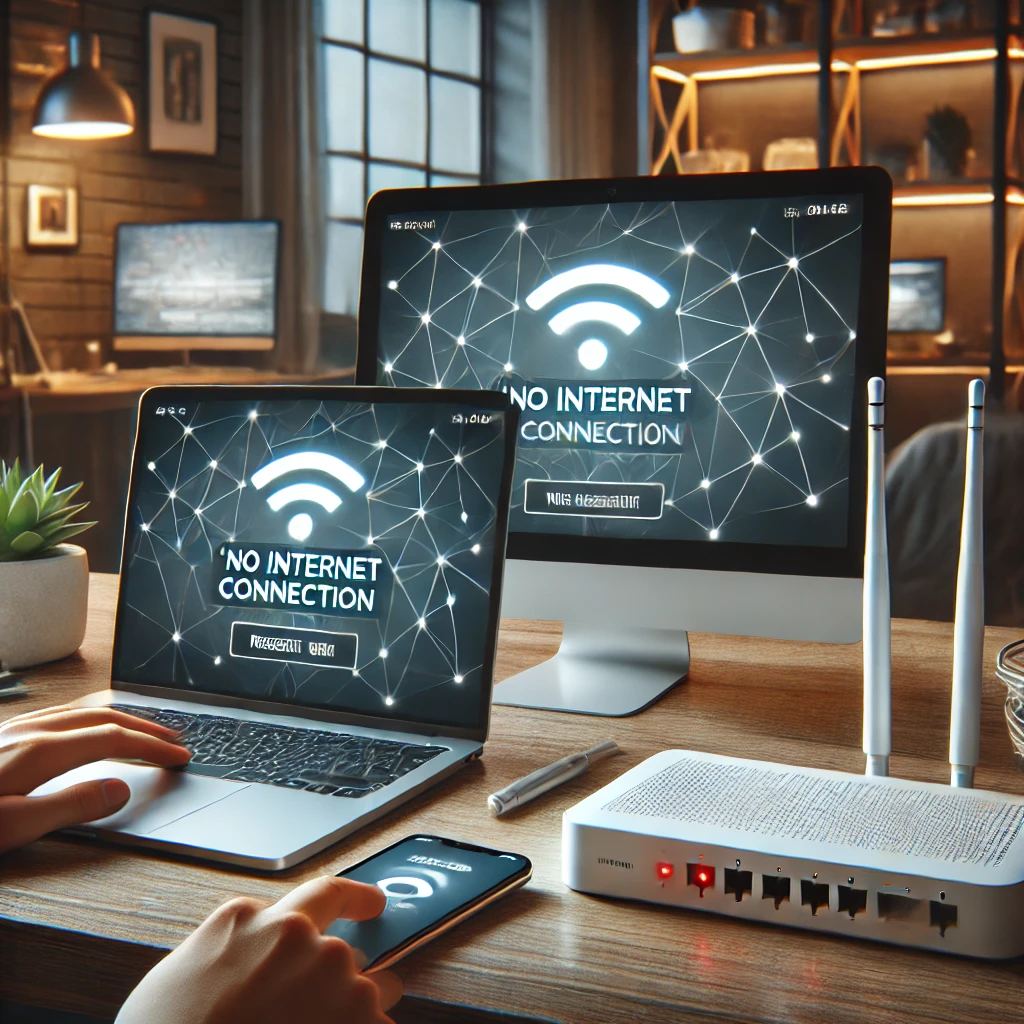Upgrading to Windows 11 brings a sleek design, improved performance, and new features. Whether you’re upgrading from Windows 10 or doing a clean install, following the right steps ensures a smooth and hassle-free installation.
In this guide, we’ll cover:
✅ Windows 11 system requirements
✅ Checking if your PC is compatible
✅ Upgrading from Windows 10
✅ Performing a clean install
✅ Post-installation setup & optimization
Let’s get started! 🚀
🔹 System Requirements for Windows 11
Before you install Windows 11, ensure your PC meets Microsoft’s minimum system requirements:
| Component | Minimum Requirement |
|---|---|
| Processor | 1 GHz or faster, 64-bit with 2+ cores |
| RAM | 4GB or more |
| Storage | 64GB minimum |
| Firmware | UEFI with Secure Boot enabled |
| TPM (Trusted Platform Module) | Version 2.0 |
| Graphics Card | DirectX 12 compatible |
| Display | 9-inch or larger with 720p resolution |
🔹 To check your system specs:
- Press Win + R, type dxdiag, and press Enter.
- Open Settings → System → About to check RAM, processor, and Windows version.
🔹 How to Check if Your PC is Windows 11 Compatible
Microsoft provides the PC Health Check Tool to verify if your device supports Windows 11.
Steps to check compatibility:
1️⃣ Download PC Health Check Tool from Microsoft’s website.
2️⃣ Install and open the tool.
3️⃣ Click Check now.
4️⃣ If your PC is compatible, proceed with installation.
5️⃣ If not, check TPM and Secure Boot settings in BIOS.
🔹 Method 1: Upgrade from Windows 10 to Windows 11
Step 1: Backup Your Data
Always back up important files before upgrading.
✔ Use OneDrive, Google Drive, or an external hard drive to store files.
✔ If using an SSD or HDD partition, ensure Windows is installed on the correct drive.
Step 2: Check for Windows 11 Update
Microsoft rolls out Windows 11 upgrades via Windows Update.
1️⃣ Open Settings (Win + I) → Click Update & Security.
2️⃣ Select Windows Update → Click Check for updates.
3️⃣ If Windows 11 is available, click Download & Install.
4️⃣ Follow the on-screen prompts to install.
🔹 If you don’t see the update:
- Use the Windows 11 Installation Assistant from Microsoft’s website.
- Restart your PC and check again.
🔹 Method 2: Clean Install Windows 11 Using Bootable USB
If you prefer a fresh installation, follow these steps:
Step 1: Download Windows 11 ISO File
1️⃣ Go to Microsoft’s official website.
2️⃣ Download the Windows 11 Media Creation Tool.
3️⃣ Run the tool and select Create installation media.
4️⃣ Choose ISO File and save it.
Step 2: Create a Bootable USB Drive
To install Windows 11, you’ll need a bootable USB drive (16GB+).
🔹 Create bootable USB using Media Creation Tool:
1️⃣ Insert a USB drive into your PC.
2️⃣ Run the Windows 11 Media Creation Tool.
3️⃣ Select USB Flash Drive and follow the prompts.
🔹 Create bootable USB using Rufus:
1️⃣ Download Rufus from rufus.ie.
2️⃣ Insert a USB drive and launch Rufus.
3️⃣ Select the Windows 11 ISO file.
4️⃣ Choose GPT partition scheme for UEFI.
5️⃣ Click Start to create the bootable USB.
Step 3: Boot from USB & Install Windows 11
Now, boot your PC from the bootable USB drive.
1️⃣ Restart your PC and press F2, F12, DEL, or ESC (depends on your manufacturer) to enter BIOS.
2️⃣ Go to Boot Options and set the USB drive as the primary boot device.
3️⃣ Save changes and exit BIOS.
4️⃣ Your PC will now boot into Windows 11 Setup.
Step 4: Install Windows 11
✔ Select Language, Time, and Keyboard layout → Click Next.
✔ Click Install Now.
✔ Enter a Windows 11 product key (or click “I don’t have a product key” to activate later).
✔ Choose Custom Installation for a clean install.
✔ Select the drive to install Windows 11 and format it.
✔ Click Next and let Windows 11 install (takes 10-30 minutes).
Your PC will restart multiple times during the installation.
🔹 Post-Installation Setup & Optimization
1️⃣ Complete Windows 11 Initial Setup
Once installation is complete, follow the setup wizard:
✔ Select Region & Keyboard Layout.
✔ Connect to Wi-Fi.
✔ Sign in with a Microsoft Account (optional).
✔ Choose Privacy & Security settings.
2️⃣ Install Drivers & Windows Updates
To ensure smooth performance, update your drivers and Windows:
1️⃣ Open Settings → Windows Update.
2️⃣ Click Check for updates and install all updates.
3️⃣ Go to Device Manager (Win + X → Device Manager).
4️⃣ Update drivers for graphics, network, and audio devices.
3️⃣ Install Essential Software
Now, install important applications:
✔ Google Chrome / Microsoft Edge for browsing.
✔ MS Office for documents and presentations.
✔ Adobe Reader for PDFs.
✔ Antivirus Software for security.
✔ PC Cleanup Tools like CCleaner for optimization.
4️⃣ Customize Windows 11 for Better Performance
🔹 Disable Startup Programs
Too many startup apps slow down your PC.
1️⃣ Open Task Manager (Ctrl + Shift + Esc).
2️⃣ Click Startup tab.
3️⃣ Disable unnecessary startup programs.
🔹 Enable Dark Mode
For a sleek look, go to Settings → Personalization → Colors and enable Dark Mode.
🔹 Change Power Settings for Better Performance
1️⃣ Open Control Panel → Power Options.
2️⃣ Choose High Performance mode.
🔹 Troubleshooting Common Windows 11 Installation Issues
❌ Issue: Windows 11 installation stuck at 0%
✔ Restart the PC and try again.
✔ Check for enough storage space.
❌ Issue: “This PC can’t run Windows 11” error
✔ Enable TPM 2.0 and Secure Boot in BIOS.
✔ Use Rufus to bypass TPM check.
❌ Issue: Windows 11 activation failed
✔ Check your product key.
✔ Try activating later through Settings → Activation.
🔹 Final Thoughts
You’ve successfully installed Windows 11! 🚀 Whether you upgraded or did a clean install, your PC is now ready with the latest features and security updates.
🔑 Key Takeaways:
✅ Upgrade or clean install using a bootable USB
✅ Check compatibility using the PC Health Check tool
✅ Enable TPM 2.0 & Secure Boot
✅ Update drivers and reinstall essential software
💬 Need help with installation? Drop your questions below! 😊
🔹 You May Like :
🔗 Windows User Accounts: How to Setup, Security & Control
🔗 How to Fix Internet Connection Issues on Any Device
🔗 The Ultimate Microsoft Excel Guide: From Beginner to Pro!
![]()





